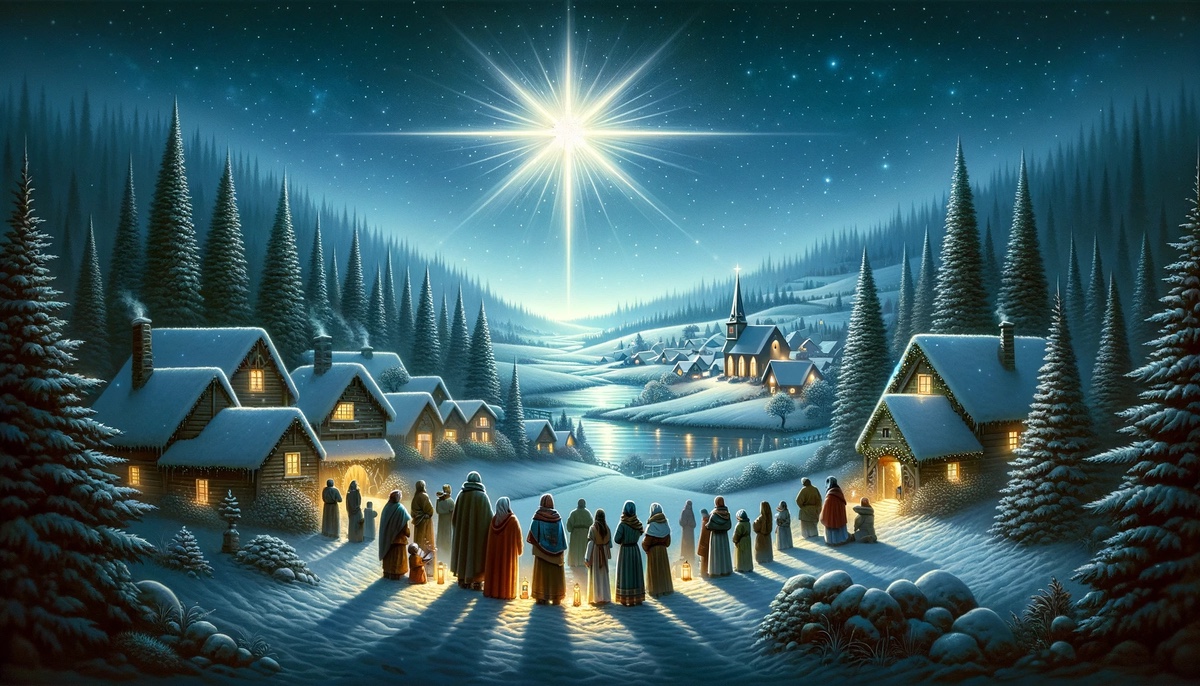
“O Holy Night,” a Christmas carol of celestial beauty and profound spirituality, is a masterpiece that transcends time and language. Composed in 1847 by the illustrious Adolphe Adam, it was set to the evocative French poem “Minuit, chrétiens” (“Midnight, Christians”) penned by the versatile Placide Cappeau, a wine merchant with a poet’s soul.
Cappeau’s journey to creating this iconic piece was as unique as the carol itself. Tasked by a parish priest to write a Christmas poem, Cappeau, who dabbled in poetry alongside his wine trade, composed a work that would soon become a beacon of holiday spirit. In 1855, the carol crossed linguistic barriers when Unitarian minister and music editor John Sullivan Dwight adapted Cappeau’s French text into a singing edition that resonated deeply with English-speaking audiences.
“O Holy Night” is not just a carol; it is a reflection on the momentous birth of Jesus and the profound notion of mankind’s redemption. Its lyrics, whether in the resplendent French original or the equally moving English versions, invite listeners into a contemplative journey through the sacred night of Jesus’ birth. The carol’s soaring melody and heartfelt lyrics have the power to stir deep emotions, making it a beloved treasure during the Christmas season.
This carol’s widespread appeal lies in its ability to capture the essence of Christmas: a time of joy, reflection, and, most importantly, a celebration of hope and renewal for humanity. “O Holy Night” stands as a testament to the enduring power of music to uplift spirits and bring people together in shared reverence and joy during the most magical time of the year.
O Holy Night sung by the Mormon Tabernacle Choir and the King’s Singers
My two favorite singers, Luciano Pavarotti and Placido Domingo





